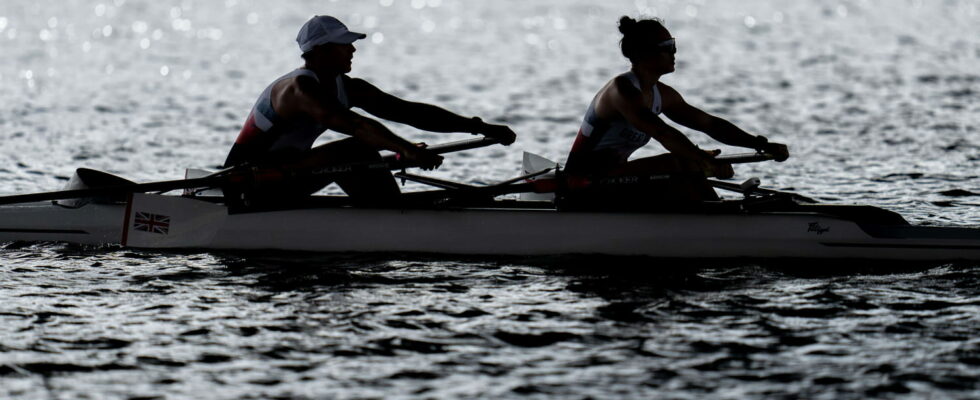A historic discipline of the Olympic Games, rowing will be contested at the Vaires-sur-Marne complex during the Paris 2024 Olympic Games.
Rowing, a water sport with a long Olympic tradition, is distinguished by its demanding events and precise rules. At the Olympic Games, rowing attracts athletes and spectators with its unique blend of strength, endurance and technique.
Rowing has been at the Olympic Games since 1896 for men and since 1976 for women, at the Montreal Games. The sport has a long tradition of fair play and camaraderie, with memorable moments such as epic duels on the water and heroic efforts to cross the finish line. A total of 502 rowers are expected to compete at the Games. Paris 2024 at the Vaires-sur-Marne nautical stadium, inaugurated in 2019.
The Olympic events
At the Olympic Games, rowing is divided into several categories depending on the type of boat and the number of rowers. The main events include:
- Skiff: A single rower with two oars.
- Double sculls: Two rowers, each with two oars.
- Quadruple: Four rowers, each with two oars.
- Two oarsmen: Two rowers, each with one oar.
- Four oars: Four rowers, each with one oar.
- Eight oars: Eight rowers each with one oar, plus a coxswain who steers the boat.
- Lightweight double sculls: Two rowers, each with two oars (men under 72.5 kilos and women under 59 kilos).
Each event is divided into men’s and women’s categories, with races typically taking place over a distance of 2,000 meters.
Competition rules
Rowing competition at the Olympic Games follows strict established rules:
- Course and Racing Lines: The races take place on a straight course of 2000 meters, divided into six or eight lanes. Each team must stay in its lane to avoid penalties.
- Start and Finish: Starts are taken in line, with the boats lined up side by side behind a starting line. A system of lights (red, yellow, green) indicates the time of the start. The race ends when the front of the first boat crosses the finish line.
- Coxswain: In coxed events, the coxswain plays a crucial role in directing and motivating the team. The coxswain must be light so as not to weigh down the boat but loud enough to coordinate the rowers.
- Penalties and Disqualifications: Teams may be penalized or disqualified for various infractions, such as false starts, crossing lane lines, or dangerous maneuvers.
Strategy and technique
Olympic rowing is about more than just brute strength. It requires perfect timing and team technique. Teams spend years training to perfect their coordination and efficiency. Each stroke must be precise and forceful, while maintaining a steady cadence throughout the race.
Strategy is also crucial. Teams must know when to accelerate and when to conserve energy, depending on the racing conditions and the position of their opponents. Rowing races can be won or lost on endurance management and choosing the right time for a final sprint.
